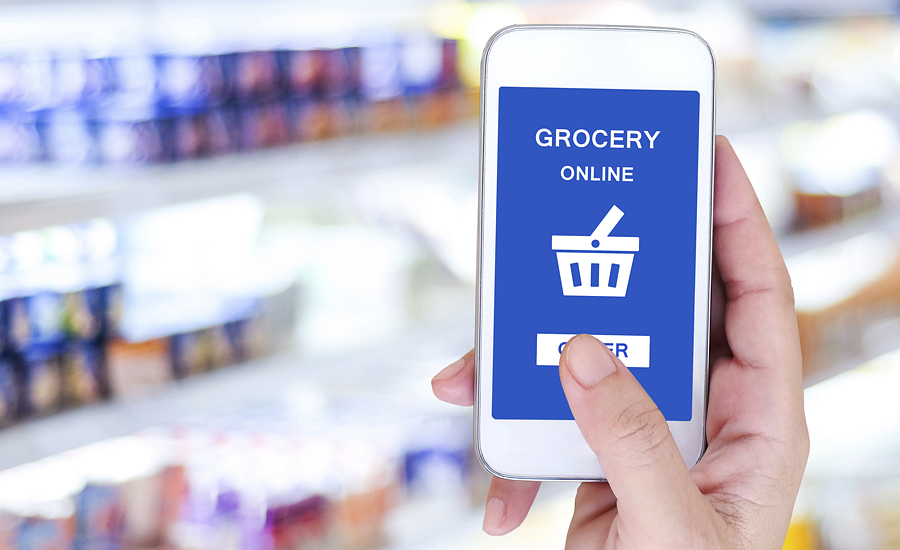Study reveals key trends for reinventing grocery industry
Consumers are increasingly turning to online shopping when purchasing 15-plus items, and online grocery shopping jumped 14% in the United States.

Symphony RetailAI, Dallas, Texas, released “Supermarket 2020,” which pinpoints the market forces driving radical disruption in supermarkets and provides information on how the grocery industry can transform itself with a re-imagination of supermarkets driven by consumer trends.
Symphony RetailAI’s research identified key trends that include:
- Large weekly shopping trips are displaced by online shopping and preferences for prepared foods. The weekly “pantry-loading” shopping trip to the local grocery store is declining, with a 3-4% decrease in large baskets from just a year ago. Consumers are increasingly turning to online shopping when purchasing 15-plus items, and online grocery shopping jumped 14% in the United States. In addition, 76% of consumers report that they are increasingly buying prepared food instead of cooking dinner.
- Amazon’s disruption through its acquisition of Whole Foods. Whole Foods immediately lowered prices Day 1 after being acquired by Amazon, and together, Amazon and Whole Foods have a huge logistical advantage. In fact, 81% of Whole Foods shoppers represent the same demographics as Amazon Prime customers, and 95% of Amazon Prime customers now have refrigerated Amazon distribution centers within 10 miles.
- Growth of private label brands. CPGs are feeling the pressure too, facing increasing competition from private label brands. Private label is up 18% in the United States, leading to revenue losses and lower margins for major CPGs and creating headwinds for future growth.
- Continued competition from discounters. Aldi and LIDL are turning up the heat on traditional supermarkets by rapidly increasing their store count in the United States. Far more than just discounters, they are expert product curators with highly efficient stores that feature higher-margin private label brands and low overhead. Adding to this, Walmart declared a “price war” on grocery SKUs, asking CPGs to move all trade promotion dollars into “Everyday Low Price.”
“Supermarkets face unprecedented competitive pressures today,” says Pallab Chatterjee, chairman and CEO. “In order to compete and win, grocery retailers must transform their outdated store models and become ‘stores of the future’ that are agile and aligned with today’s consumer preferences.”
Supermarket 2020 stores are radically different from today’s stores
Symphony RetailAI identified the distinct characteristics of “Supermarket 2020” stores, including the following:
- Stores will have fewer than 10 aisles instead of today’s 15-plus aisles, with an average product range of fewer than 10 highly curated SKUs per category to meet consumer needs for convenience and quality. Stores can support this in-store model by offering a million SKUs online as part of their multichannel strategy, offering shoppers virtually unlimited product access.
- Stores should remove the center store aisles to make room for prepared foods, taking advantage of shoppers’ intentions to spend 3-4 times more on prepared foods compared to other areas. Symphony’s research indicates that year-over-year growth in prepared foods is 8-9% annually for supermarkets.
- A special products aisle can offer a “surprise and delight” section that engages shoppers with products that change twice a week.
- Grocers can recreate a farmer’s market in every store, supplied by local and regional farms and suppliers that meet strict requirements.
- Private label will represent a much higher percent of SKUs, increasing to 40-45% compared with today’s 18-20%.
- Stores will offer shoppers convenient tools such as click and collect, 3D store navigation that allows shoppers to connect their shopping list to store layout on their mobile phones and AI-enabled, real-time basket cost reduction offers.
Looking for a reprint of this article?
From high-res PDFs to custom plaques, order your copy today!







